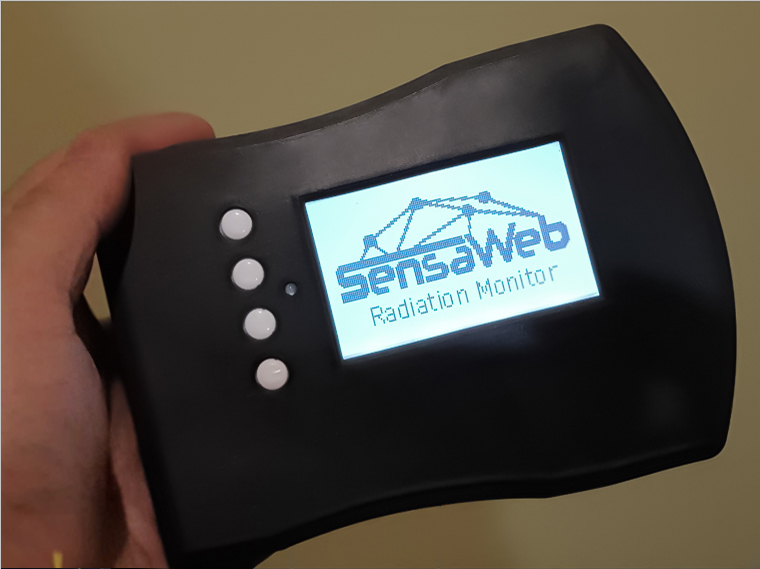Regulating the use of radiation is needed for public safety. While radiation has contributed greatly to diagnostic medicine, industrial uses and even space exploration, there are health risks and environmental damages that need to be avoided.
To achieve this, there are set standards and guidelines for organisations and enterprises working with radiation. These involve monitoring radiation levels and enforcing regulations to ensure compliance.

Standards and guidelines are created by both international and national organisations. In Australia, the primary authority on radiation protection and nuclear safety is ARPANSA.
Australian Radiation Protection and Nuclear Safety Agency (ARPANSA)
ARPANSA is an independent regulator, health advisor and service provider that started on 5 February 1999. It was established by the Australian Radiation Protection and Nuclear Safety Act 1998 (ARPANS Act) to provide its expertise, advice, regulation, best practice, services and research to the Australian Government and community.
Its Regulatory Services Branch is located in the southern Sydney suburb of Miranda.
Some of the guides published by ARPANSA, supported by this branch, are the Code of Practice for the Security of Radioactive Sources (RPS 11) and the Guide for Radiation Protection in Emergency Exposure Situations (2019).
When it comes to emergency arrangements, the Regulatory Services Branch works with state and territory and regional regulators. They also have the Australian Radiation Incident Register where all radiation regulatory authorities report. Anyone may also view radiation incidents on the website.

Alongside developing and publishing national standards, they regulate through licensing, compliance, inspection and enforcement. Some of the activities that require a licence are preparing a site for a controlled facility and decommissioning, disposing or abandoning a controlled facility.
ARPANSA also promotes, “as appropriate, the use and implementation of international standards and risk assessments in radiation protection and nuclear safety throughout Australia”.
At the international level, there are several organisations that regulate radiation. Some of the well-known ones are:
International Atomic Energy Agency (IAEA)
The IAEA is an international organisation that promotes the peaceful use of nuclear energy and provides guidance on nuclear safety and radiation protection. It was created on 29 July 1957 to address the fears and expectations on the discoveries of nuclear technology.

Among its key publications are its Safety Standards— from maintenance and inspection in nuclear power plants to the classification of radioactive waste. These are globally used as reference for protecting people and the environment.
International Commission on Radiological Protection (ICRP)
The ICRP is an independent organisation that provides guidance on radiation protection and safety standards for both ionising and non-ionising radiation. It was established in 1928 at the second International Congress of Radiology. At the time, there were growing concerns about ionising radiation and its effects as seen in the medical community.

The organisation is divided into the Main Commission, Scientific Secretariat, Committees 1 to 4 and Task Groups. Most of the work of ICRP is assigned to Task Groups. Usually a Task Group has to develop a single publication, other times they prepare advice to the ICRP Main Commission. Experts are welcome to complete the membership of a Task Group.
World Health Organisation (WHO)
The WHO is a specialised agency of the United Nations that is responsible for promoting health worldwide. Its contribution to radiation regulation is developing guidelines and standards on radiation exposure, which are used by member countries to regulate and monitor radiation in various sectors such as healthcare, nuclear power plants, and industrial applications.
They have also initiated the International EMF Project “to assess health and environmental effects of exposure to static and time varying electric and magnetic fields in the frequency range 0-300 GHz.”
WHO coordinates with other international organisations, sharing information and best practices, as well as developing common standards and guidelines.
Regulation Compliance through Real Time Radiation Monitoring
Radiation monitoring is a crucial component of regulation compliance for organisations and enterprises that work with radiation sources. This ensures that they do not exceed the regulatory limits set by government agencies, providing assurance to the staff working in the facilities and the communities around them.

Looking for area radiation monitors or personal radiation monitoring devices? You can count on SensaWeb. With our monitors, you can easily detect and interdict radioactive materials.
Connect with us here or at our email address: info@sensaweb.com.au. You can also call us at +61 415 409 467.